Your Cart is Empty
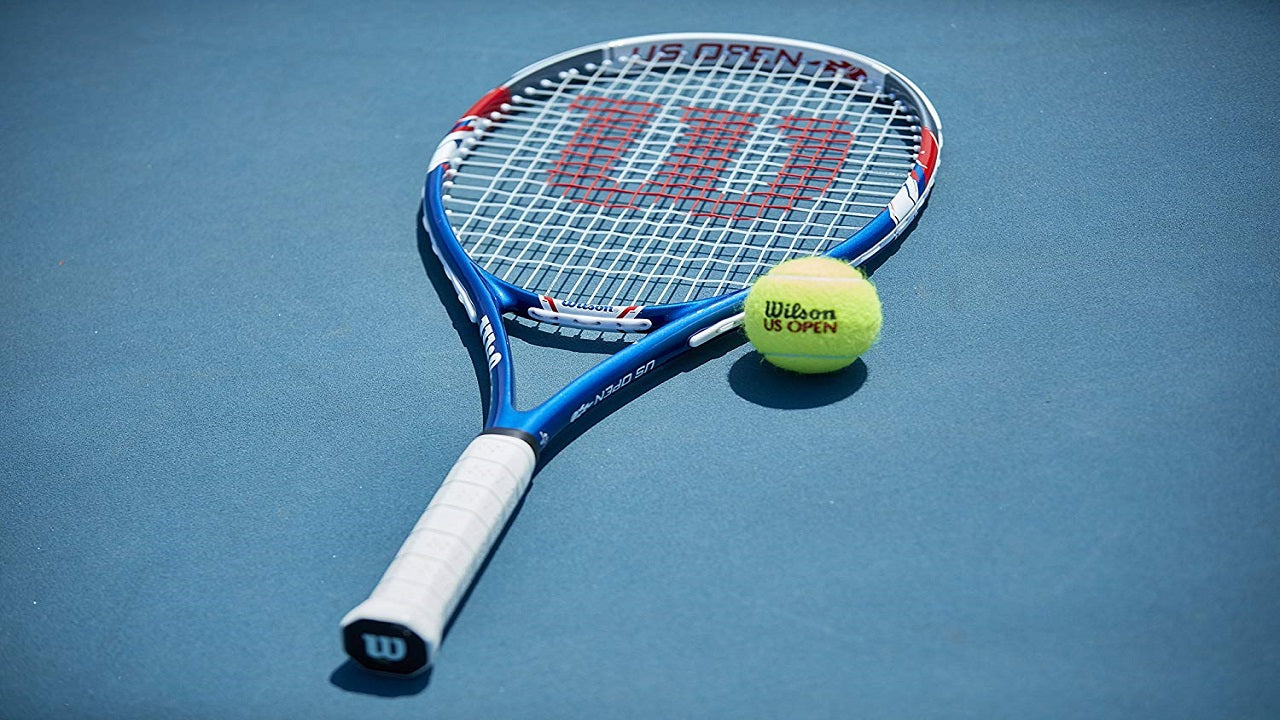
October 23, 2019 3 min read
We were having a discussion the other day with our good friend, Stuart Rowlands, the current national junior badminton coach and the performance manager for Badminton Australia. We briefly touched on the fact that both Stuart and I were originally tennis players and made the switch during our teenage years to badminton (and never looked back!).
Tennis is a fantastic sport with many similarities to badminton but there are also certain things to keep in mind if you're considering a transition like us or you're going to have a game and would like some quick tips to get the most out of it.

1. Shorten your swings
When I played badminton for the first time, I thought "how hard could it be to hit a shuttlecock" because it's so light weight and I'm used to playing tennis. I thought wrong. The difference between hitting a tennis ball versus a shuttlecock is a lot more different than you might think and the same way of hitting just wont work. If you're hitting upwards or even at shoulder height, don't try to put top spin on or slice the shuttle like you would in tennis or you'll find that the bird will land a couple of feet in front of you. To play badminton, reduce your follow through for most shots except for your overheads. With overheads, think of a service action without a long pullback that's commonly seen with a tennis serving technique. What I mean by this is, when you play an overhead in badminton, start by pulling the racquet back more like archery rather than a typical tennis serving action. 
2. Use your wrist more
After reading point number 1, you might be thinking, "how can I hit it fast if I'm restricting my swing?". Well, the power required to hit a shuttlecock fast requires a very dynamic swing and for badminton, this means you'll need to "snap" your wrist when you hit the shuttlecock. As a tennis player, you'll probably find that most of your shots are played with your wrist held fairly locked in position. Using your wrist in the way that you would in badminton but for tennis could lead to some serious injuries, especially when most tennis racquets weigh in at 280 - 310g compared to 75-95g for a badminton racquet. Also remember that using your wrist doesn't mean the rest of your body becomes immobile. It means that you would still be using your momentum generated your body and swing but the swing is reduced so that you can utilise the power of your wrist at the right time!
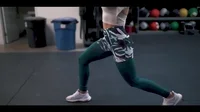
3. Watch where your foot lands
A key distinction between tennis and badminton is the difference between the footwork. When I switch between the two it's very noticeable that tennis (for the most part) requires sustained and constant lateral (or side) movement with minimal stopping and starting. With badminton, the movement direction is quite variable and dynamic (stop-start) in comparison. What happens with tennis is that when you are playing your shot (from baseline), you will follow through with your racquet leg forward to assist in generating power in your shot. With badminton, this is the case too for overhead swings only. With shots that are played underarm and at shoulder height, it's not necessary to follow through with your racquet foot forward. What is important though for underarm shots especially at a stretch is that you would lunge with your racquet foot forward to reach the shuttle.
I sincerely hope that these few key differences will help you enjoy badminton even if you don't intend to make a switch like myself. 
Henry is an ex-state badminton player who represented South Australia as well as Melbourne University. He remains an avid badminton player in the social scenes of Melbourne. His passion for all things badminton lead him to be a co-founder of Volant Wear.
Comments will be approved before showing up.

August 20, 2025 2 min read
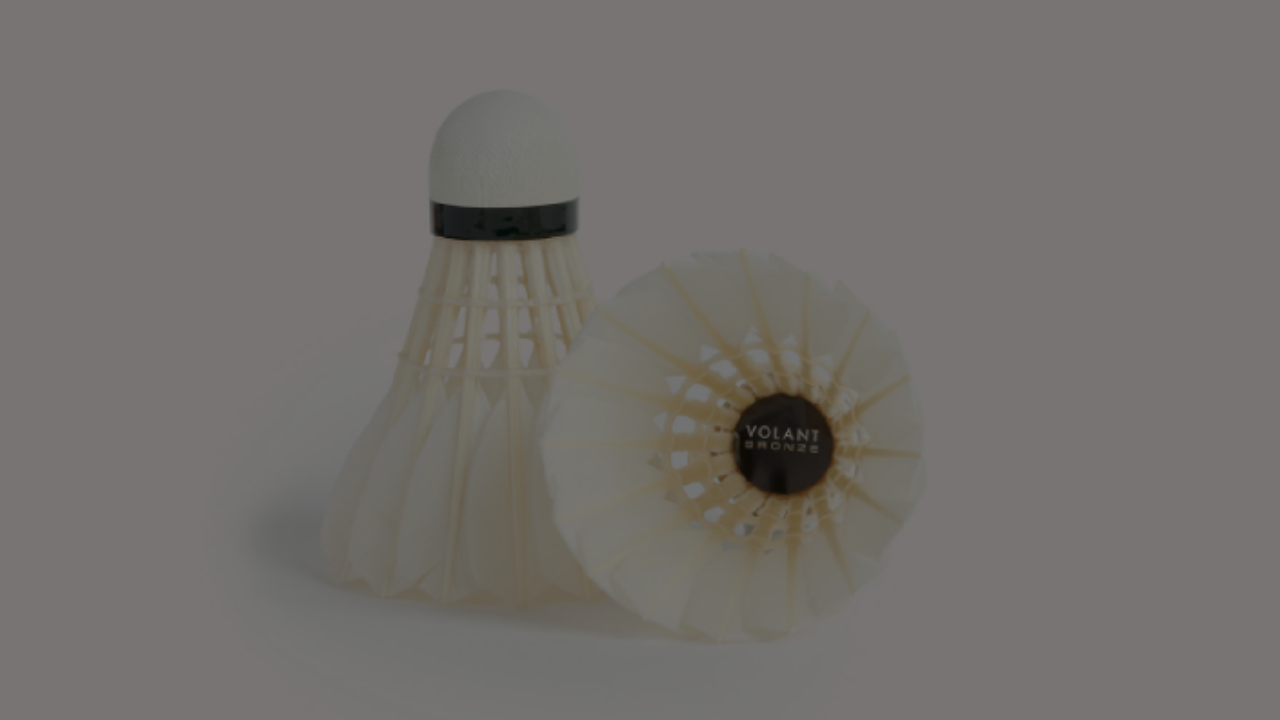
July 17, 2025 2 min read
Shuttlecocks aren’t cheap, and replacing them constantly stings the wallet. With a little care, though, you can stretch their lifespan and keep your game flying high. Whether you’re using feather or nylon, here’s how to make them last—plus why Volant Badminton’s options are worth your shot.
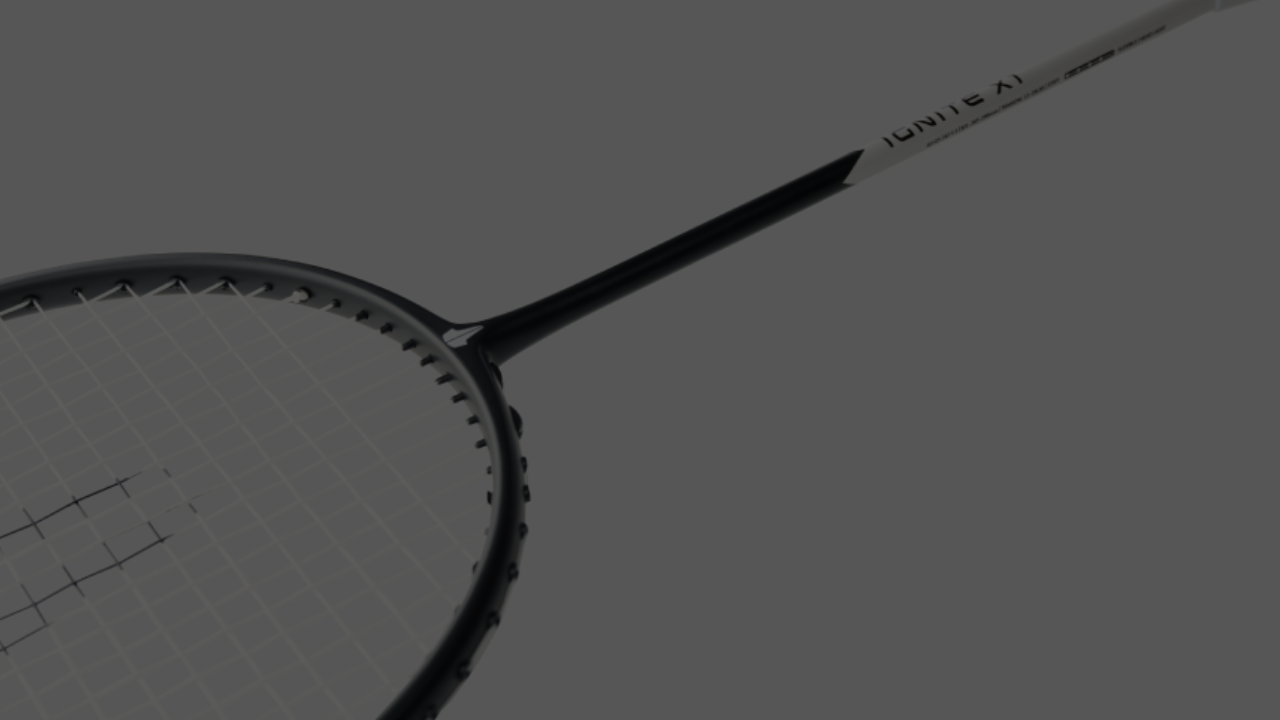
June 25, 2025 2 min read
Strings wear out—it’s a fact of badminton life. Slack, frayed, or snapped strings kill your shots, so knowing when to restring keeps you sharp. How often depends on your play, and here’s how to figure it out—plus why Volant Badminton’s gear makes it easy.
Be the first to know when a new blog post comes out!
Curated articles, tips and advice, tailored to the sport of badminton.
Sign up and enjoy 10% off your first order.
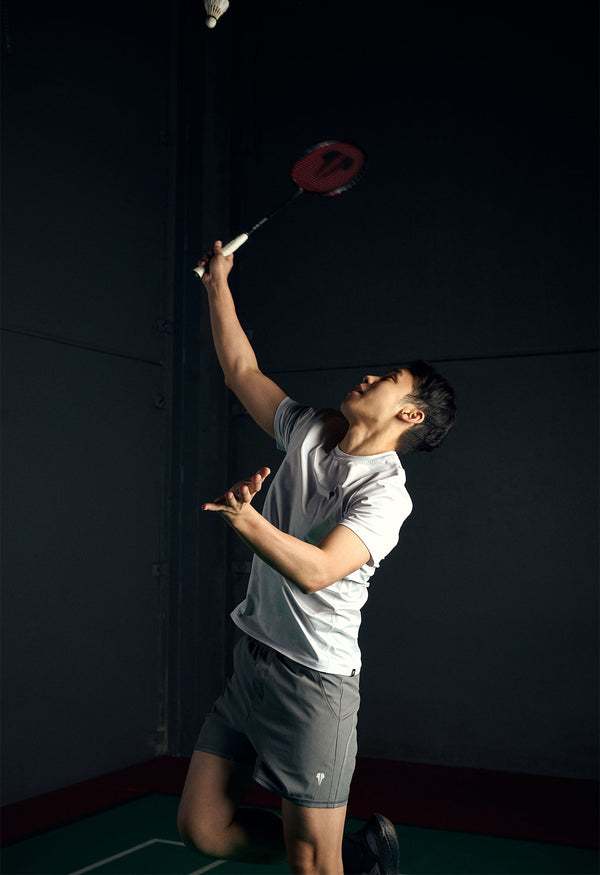
Join the Volant Community and improve your game!
*Discount code excludes shuttlecocks